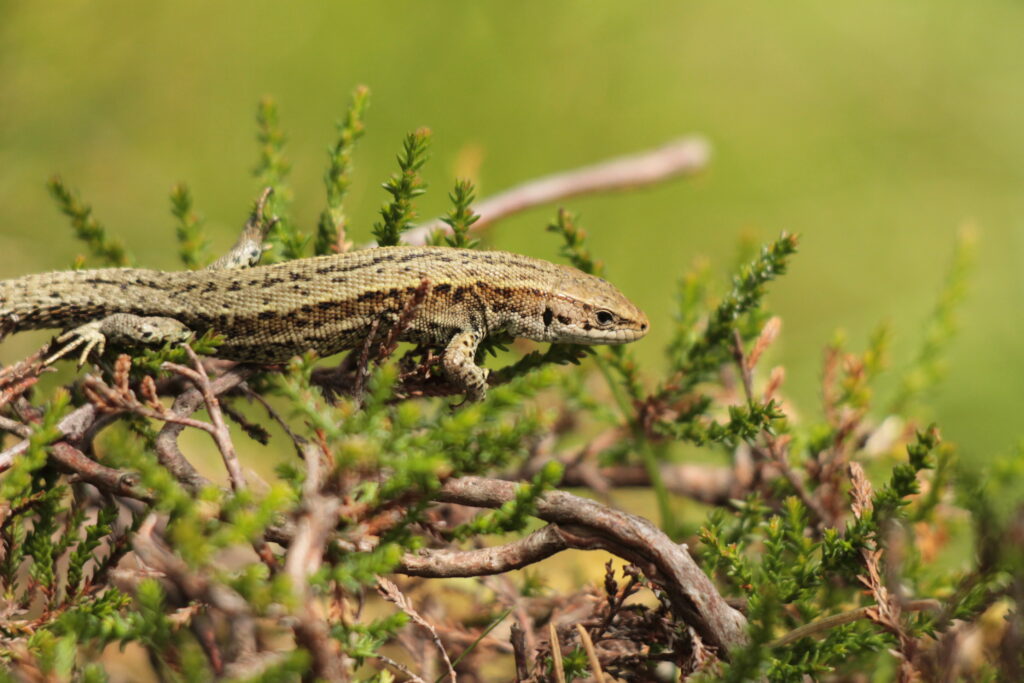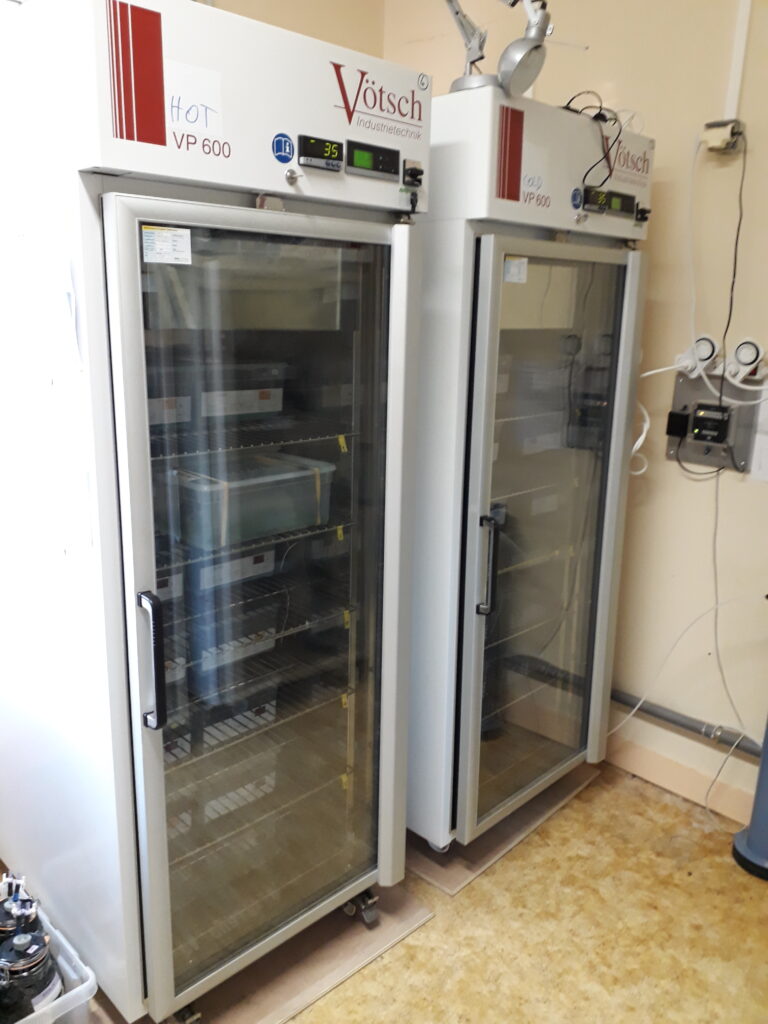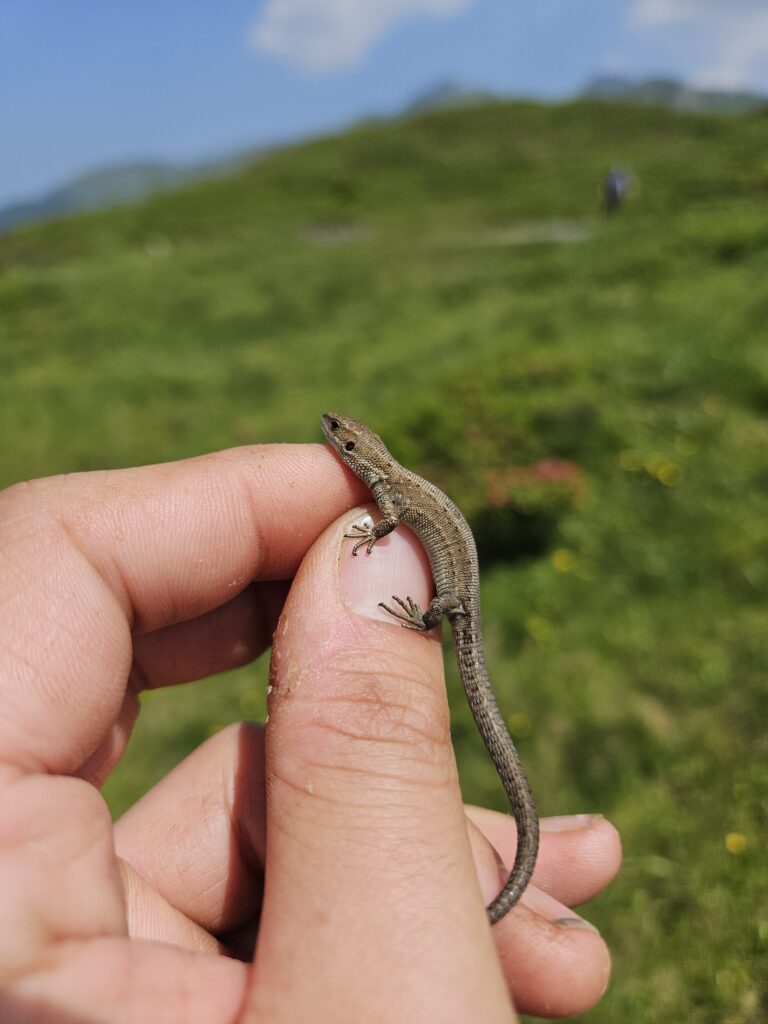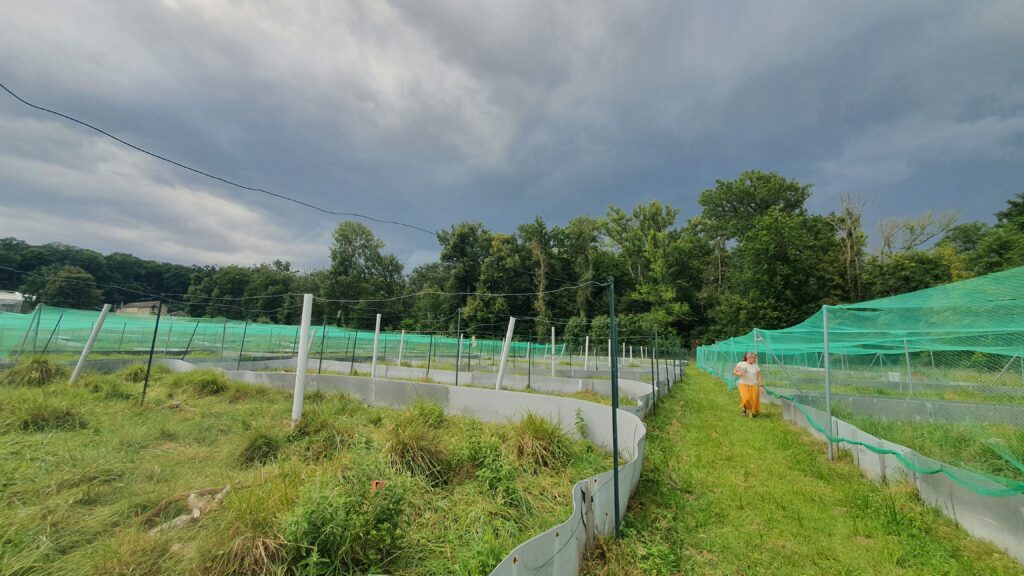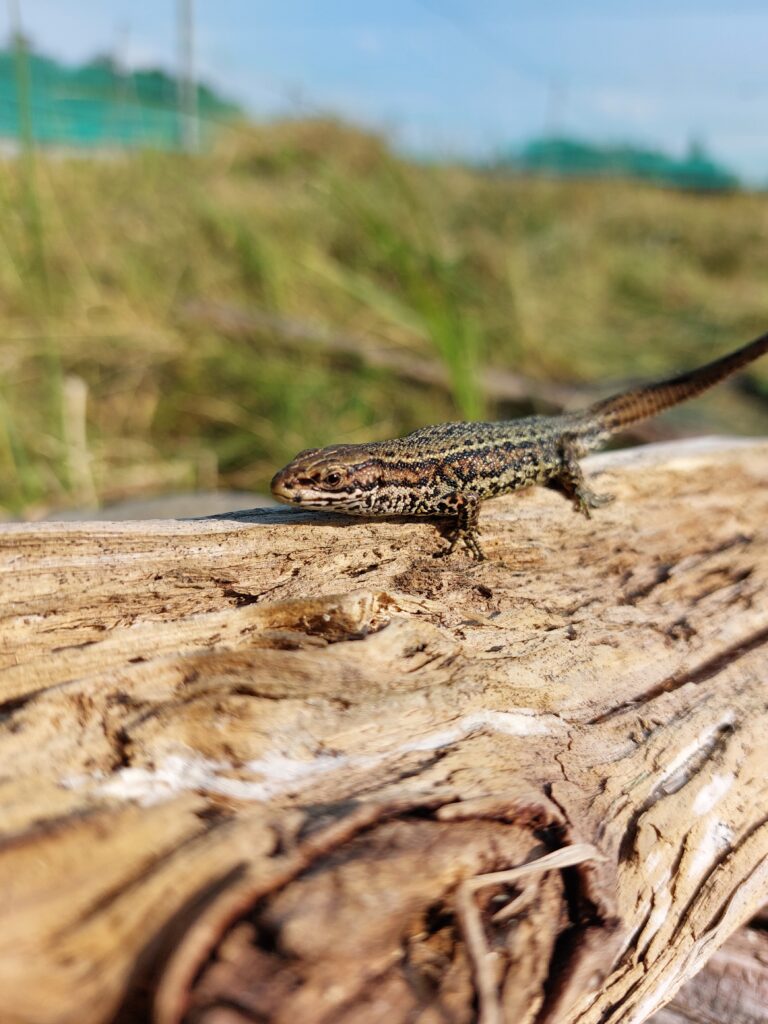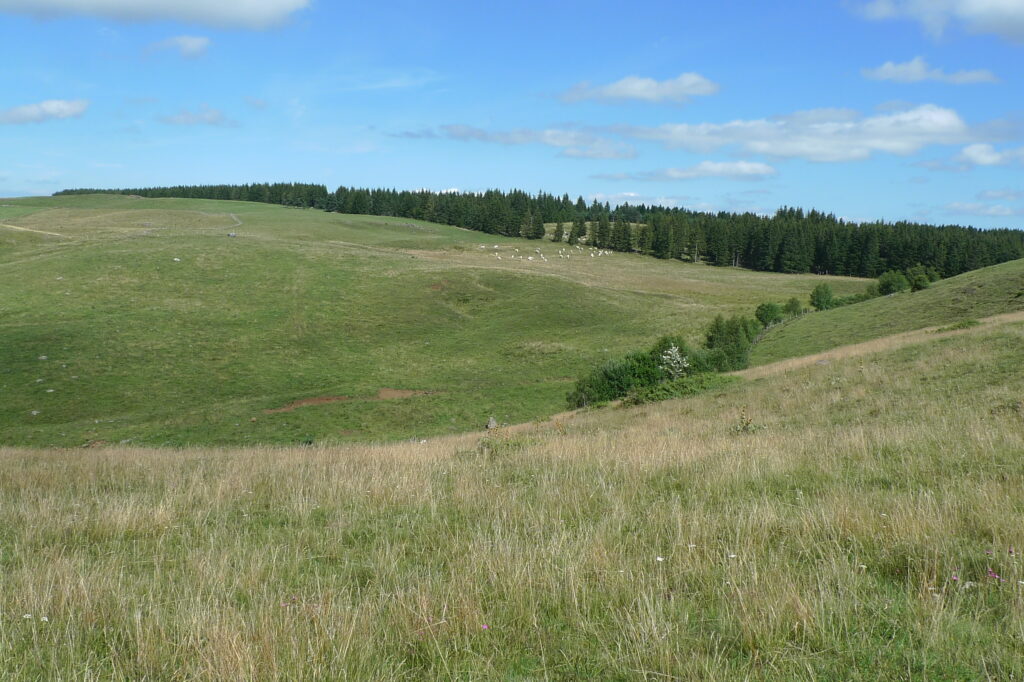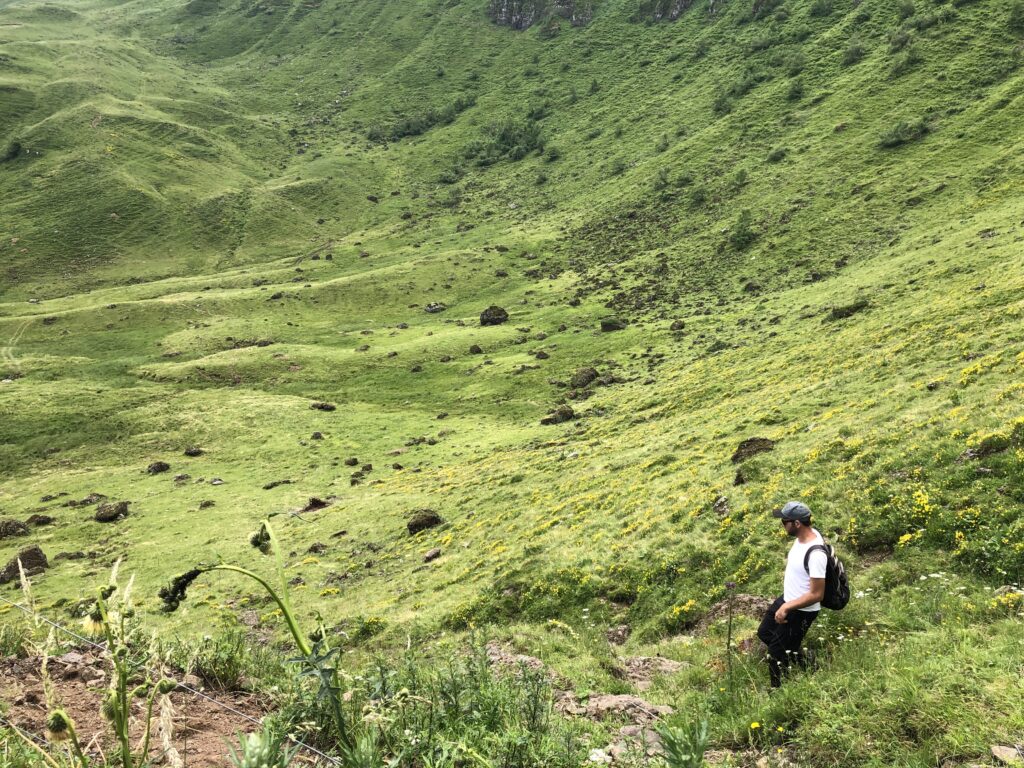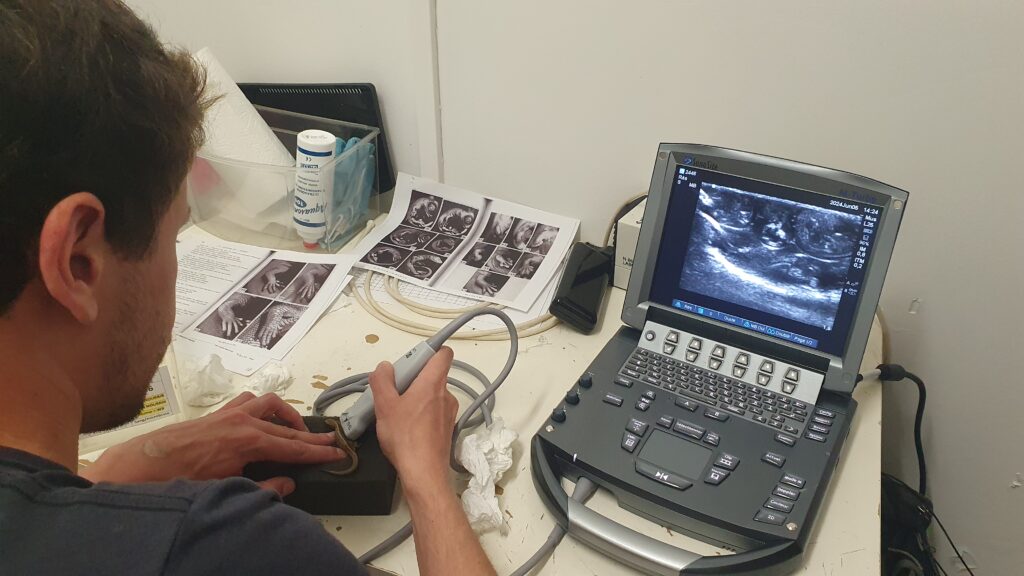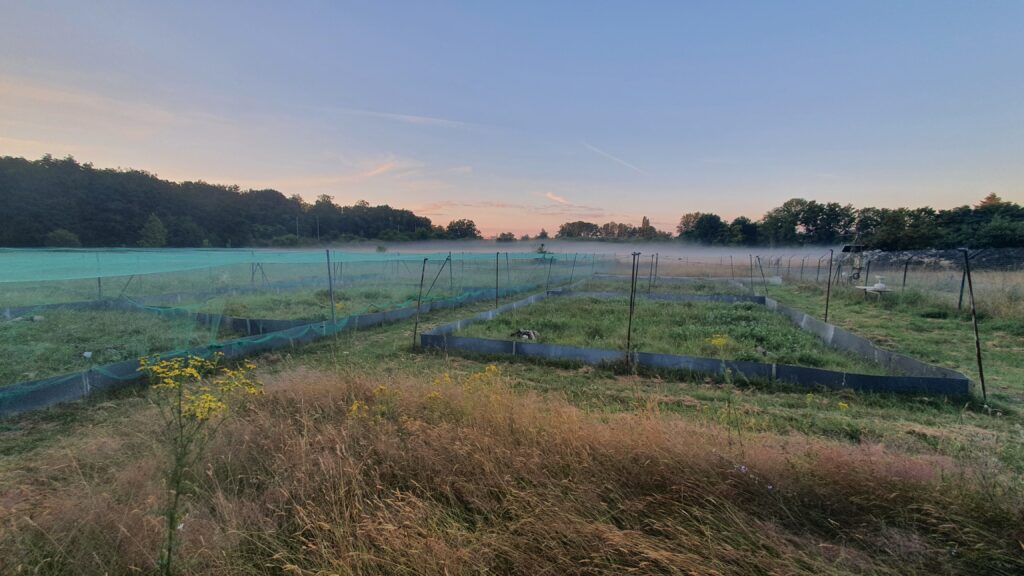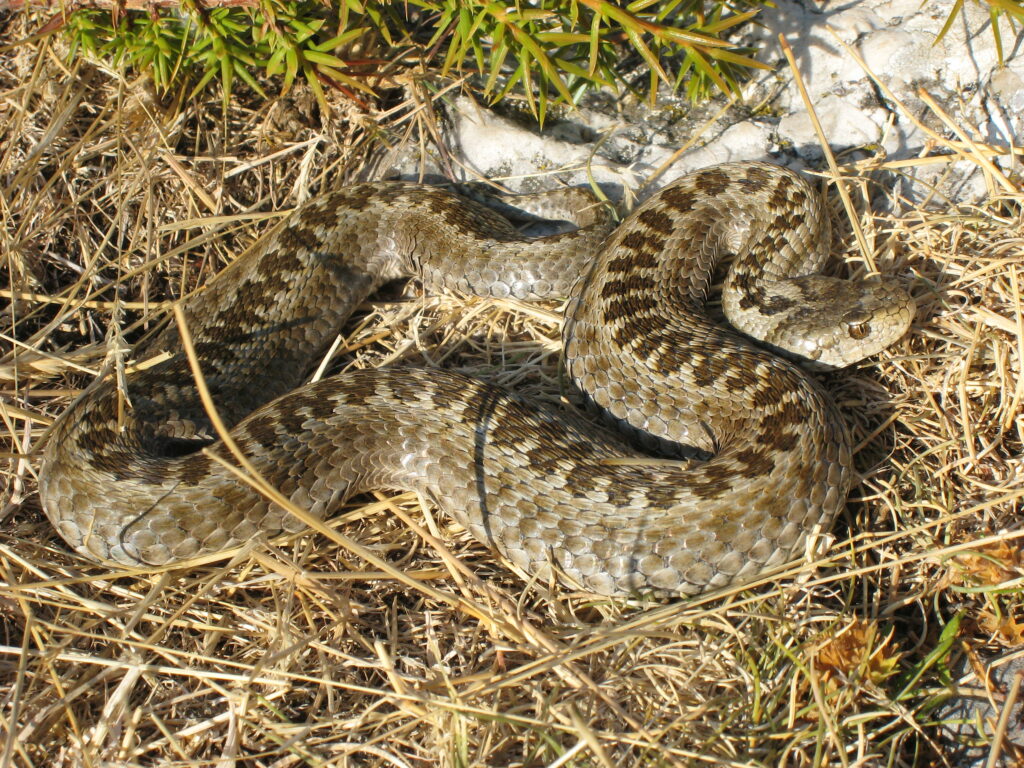Le Plan National d’Actions Vipères de France hexagonale 2025-2030 présente une stratégie pour la conservation des vipères incluant l’amélioration des connaissances, l’identification de menaces et la protection des populations, notamment les plus fragiles. Parmi les espèces concernées, la vipère péliade (Vipera berus) présente la distribution mondiale la plus large mais son statut en France est vulnérable à cause du fort déclin de ses habitats favorables en plaine. En Ile-de-France, sa distribution est très fragmentée autour de plusieurs noyaux isolés, généralement dans des landes forestières. L’objectif du stage sera de caractériser l’état actuel d’une population sur la Réserve Naturelle Nationale des Coteaux de la Seine. Le stage s’intéressera aussi aux facteurs permettant la persistance de cette population dans des habitats rarement associés à cette espèce dans sa distribution globale.
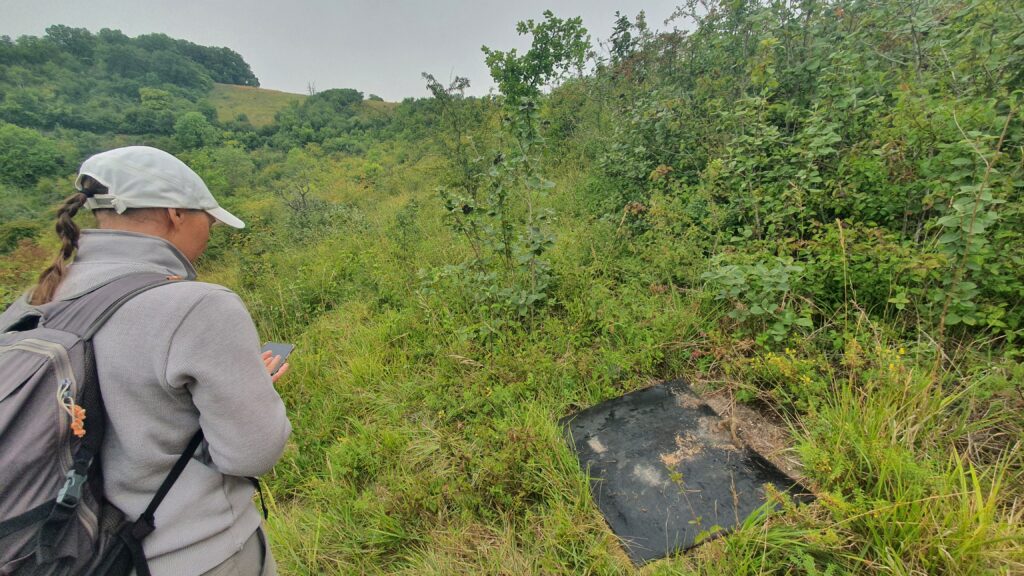
L’étudiant.e choisi.e sera encadré.e par N. Quilliec sur la RNN des Coteaux de la Seine et par J.-F. Le Galliard à l’Institut d’Ecologie et des Sciences de l’Environnement de Paris (iEES) sur le campus de Sorbonne Université. Le stage se déroulera sur une période de 3 mois, idéalement entre le mois d’avril à juin 2026. Il comprendra une période de finalisation des protocoles, une période de terrain de l’ordre de deux mois et une période d’analyse des données et de rédaction du mémoire. Les candidats devront (1) être en première année d’un master en écologie-biologie de la conservation ou équivalent, (2) avoir suivi des cours de statistiques et de traitement de données sous R et (3) avoir un goût pour l’écologie de la conservation et l’écologie animale. Une expérience de travail de terrain et une bonne connaissance des modèles d’étude seront un atout supplémentaire pour la candidature. Permis B requis avec véhicule personnel, le site n’est pas desservi par les transports publics.
Les candidats devront joindre un CV complet et une lettre de motivation avant le 15 janvier 2026. La sélection des candidats se fera au fil de l’eau.

